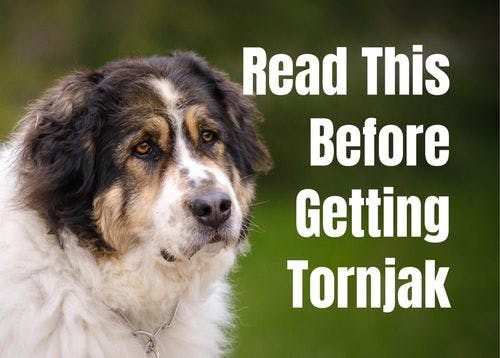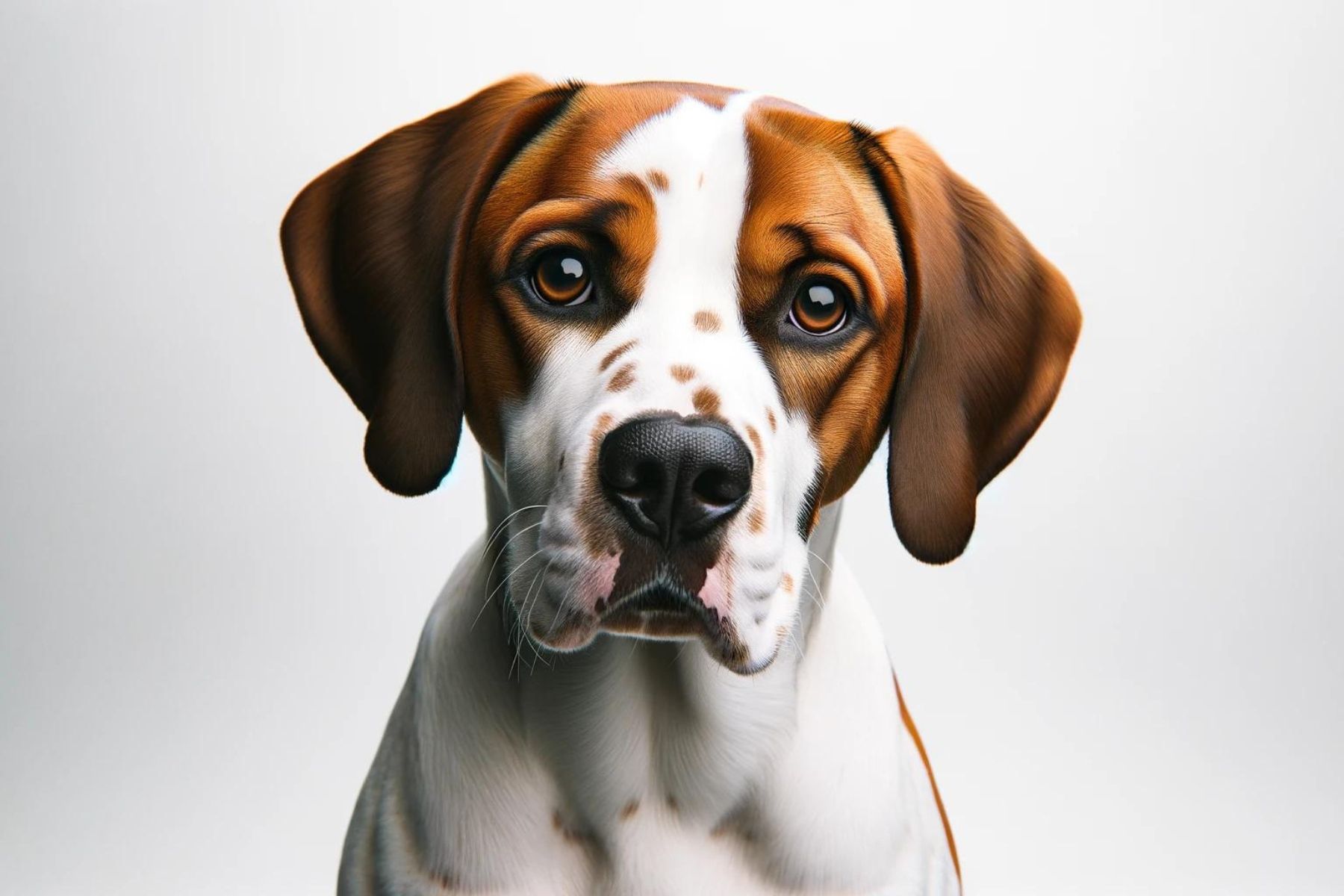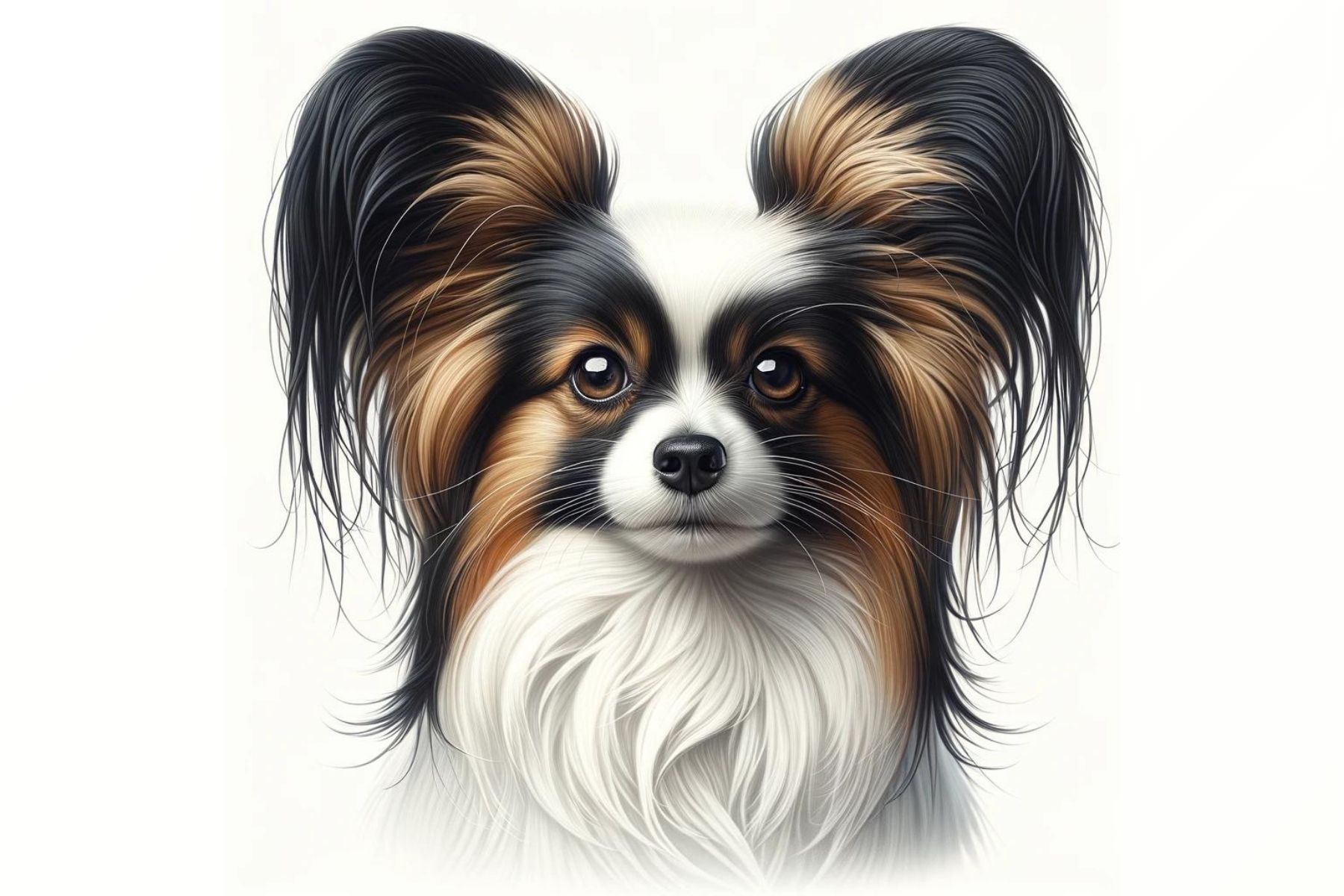Discover 8 Fascinating Facts About the Tornjak Breed

Tornjaks are a pretty rare and old working dog breed coming from Eastern Europe. If you haven’t heard of these dogs, don’t worry – you’re not alone. The Tornjak does deserve to be much more popular, however, as it is a pretty awesome dog. So, here are 8 awesome facts about the Tornjak to help you figure out if this dog is right for you.
1. Coming from Bosnia and Herzegovina, Tornjaks are likely descendants of the Tibetan Mastiff
Tornjaks come from the mountains of Bosnia and Herzegovina on the north-western part of the Balkan peninsula. There, it’s also called Kanis Montanus, aka “Mountain Dog”. The history of this fascinating breed can be traced back almost a thousand years to the 10th and 11th centuries AD.
Before that, the Tornjak is believed to have been a Tibetan Mastiff in the past that was mixed with local shepherd breeds and muds. And this does seem quite likely given the Tornjak’s place of origin, its mastiff-like personality, and its impressive size.
2. The Tornjak is a very large and even borderline giant dog breed
With an average height of 23 to 28 inches at the shoulder (59 to 72 cm) and weight of anywhere between 61 and 110 pounds (28 to 50 kg), the Tornjak is an impressively large dog. Given that the official border between “large” and “giant” dog breeds is 95 pounds or 43 kg, some big male Tornjaks can quite officially be called “giants”.
This does mean quite a few things for anyone who’d own such a dog. For one, your home should have enough space for a Tornjak, for its extra-large dog bed, and for all the doggy shenanigans such a large dog would be up to every day.
It also means that you should be ready to handle such a large animal. 100 pounds is a lot of weight, especially when most of it is muscle. So, even if you’ve trained your Tornjak well, it’s still wise for the leash-handler to be pretty strong too.
3. Tornjaks have a wooly double coat that can take a bit of effort to maintain
A big difference between the Tornjak and the Tibetan mastiff is in their coat colors. The Tornjak is usually tri-colored with white being by far the most dominant color over the secondary black and tan spots. Tibetan mastiffs, on the other hand, are usually single- or bi-colored, with an emphasis on black and brown.
This is where the coat differences end, however. Like its predecessor, the Tornjak has a very thick and fluffy double coat that’s meant to keep it warm in the cold winters high in the mountains. This coat sheds quite a bit, especially considering how much there is of it. Be ready for hairy springs and autumns with the Tornjak’s seasonal blowouts too.
To minimize the damage, you should do extensive daily brushing, relatively regular baths, and you’d do well to invest in a strong hair drier and other tools. Also, consider a couple of trips to a professional groomer every year if you have someone you trust nearby.
4. As a working dog breed, Tornjaks boast an impressive intelligence but can be a bit stubborn in training
Tornjaks were used as guard and watchdogs but are mostly categorized as a working dog breed. This means that they were bred to spend most of their time around people, to perform various farmhouse tasks such as carrying and dragging things, and it also means that they are social, lively, and love having a job to do.
It’s easy to hear all that and think that Tornjaks are therefore highly obedient dogs, just like most shepherd breeds. That’s not really the case, however. Working dog breeds are normally not as intuitively obedient as shepherds and the Tornjak is no exception. Instead, this is quite a willful and sometimes outright stubborn breed.
That’s why the Tornjak, just like mastiff breeds, is generally not recommended for first-time dog owners. This breed needs a firm and experienced owner who knows how to go through thorough obedience training with their pet. Otherwise, such a large and strong pet can get you into trouble if it’s disobedient.
5. Tornjaks are very affectionate and loving toward all members of their family
For all their size and muscle once they get their exercise for the day, Tornjaks quickly turn into huggable goofs. These dogs love their people, regardless of how big or small the family unit is – a well-raised and loved Tornjak will always have enough love to give back to everyone.
As for the big question of kids, Tornjaks are a “so-so” breed. On the one hand, their affectionate, smart, and protective personality makes them an ideal companion and protector. On the other hand, that same protective personality means that playdates with other children can be risky.
You should also be careful when your child is still extra small as accidents can happen regardless of how well-meaning the dog is. And, it should go without saying, but a constant supervision is a must, especially in the first few months of bringing a baby into a Tornjak’s home.
6. Like mastiffs, the Tornjak can be distrustful of strangers and needs loads of socialization
The big note for all such large and protective breeds is that they don’t do well with strangers. There is a reason why many mastiff breeds are banned in various countries. All this can be circumvented with both good training and proper socialization, however.
This means getting your dog to meet and have positive interactions with as many new people and other dogs as possible early during its puppyhood. This will show your Tornjak that there is no need for distrust toward guests or strangers, as well as toward other dogs in the dog park.
7. This breed also needs a lot of exercise, lots of space, and can benefit from a large, fenced yard
Unlike many other large and extra-large dog breeds, the Tornjak is quite energetic. This isn’t a breed that will just sit on the couch all day and need just a couple of walks. Instead, a good 90 to 120 minutes of active outdoor time every day are a must for the Tornjak.
Additionally, having some yard time is also hugely beneficial, provided that the yard is large enough and has a good, strong, and tall fence the Tornjak won’t jump over. Lastly, note that this is a working dog breed and needs not only to jog (although that’s great) but also to “work”, to perform tasks, to get mental stimulation.
8. For such a huge dog, the Tornjak has a pretty long lifespan and great health
The Tornjak impresses with an average lifespan of 14 years – much more than many other breeds its size. And, if you get a healthy pup with a health and hereditary certificate, and you then take good care of said pup, you can even see it surpass that average.
What we mean by good care is obviously quality food, plenty of exercise, as well as excellent coat maintenance, and regular vet visits. Do that and you should be able to avoid even the few potential health issues that occasionally befall Tornjaks such as hip dysplasia.
It’s pretty clear why the Tornjak is not an overly popular pet breed. It comes from a small Eastern European country, it’s quite large and has a mastiff-like personality, it has major exercise needs, and also requires a firm hand in training and socialization. Add the significant grooming needs, and many of the few people outside of Bosna and Herzegovina who have heard of this breed tend to pass it by in favor of lower maintenance dogs.
It’s too easy to focus on the “negatives”, however, and ignore the many great sides of the Tornjak. For one, a lot of the notes above apply to most large dog breeds, including many of the popular ones. Exercise needs, good training and socialization, major grooming needs – all those things can be said about most large dogs. Add the adorably affectionate personality of the Tornjak and how fluffy and cute its fur is, and this breed can make for a great family pet in the hands of the right owner.
The biggest positive of this unique breed, however, is its average lifespan of 14 years – this is huge for such a large dog! Most breeds of a similar size barely hit an average lifespan of 12 years and are usually somewhere between 8 and 10 – some even less. This means that, especially with good care, this large dog breed can be a part of your family for as many years as a dachshund!
So, if you’re up for the challenge, definitely don’t sleep in this unique breed.



